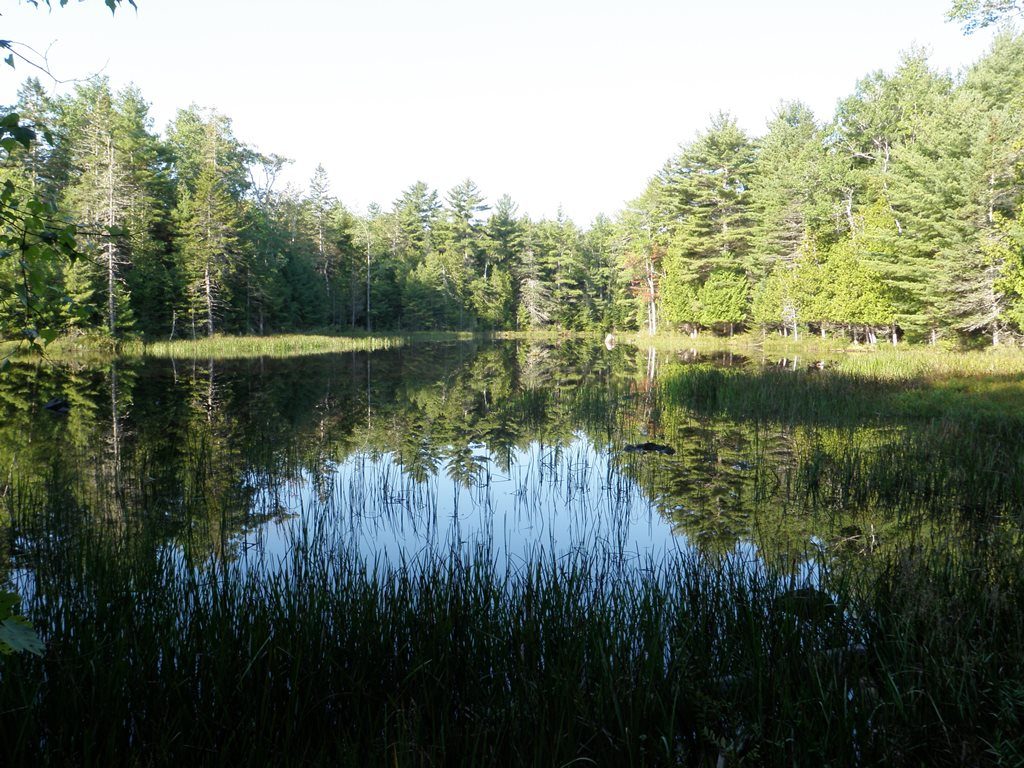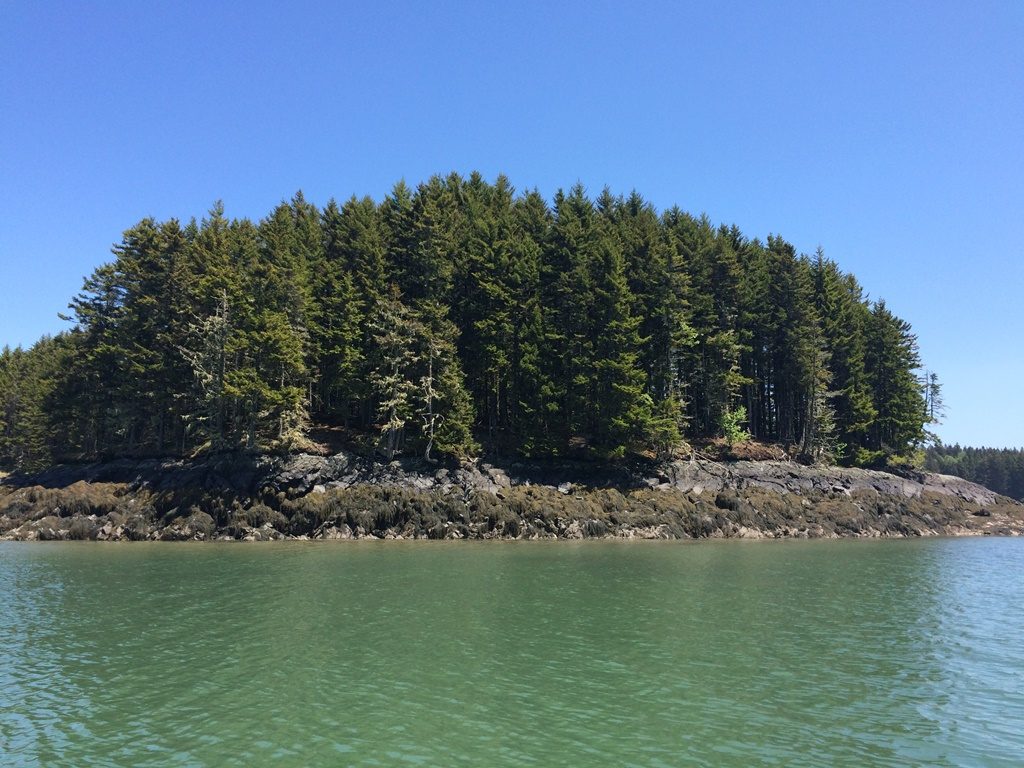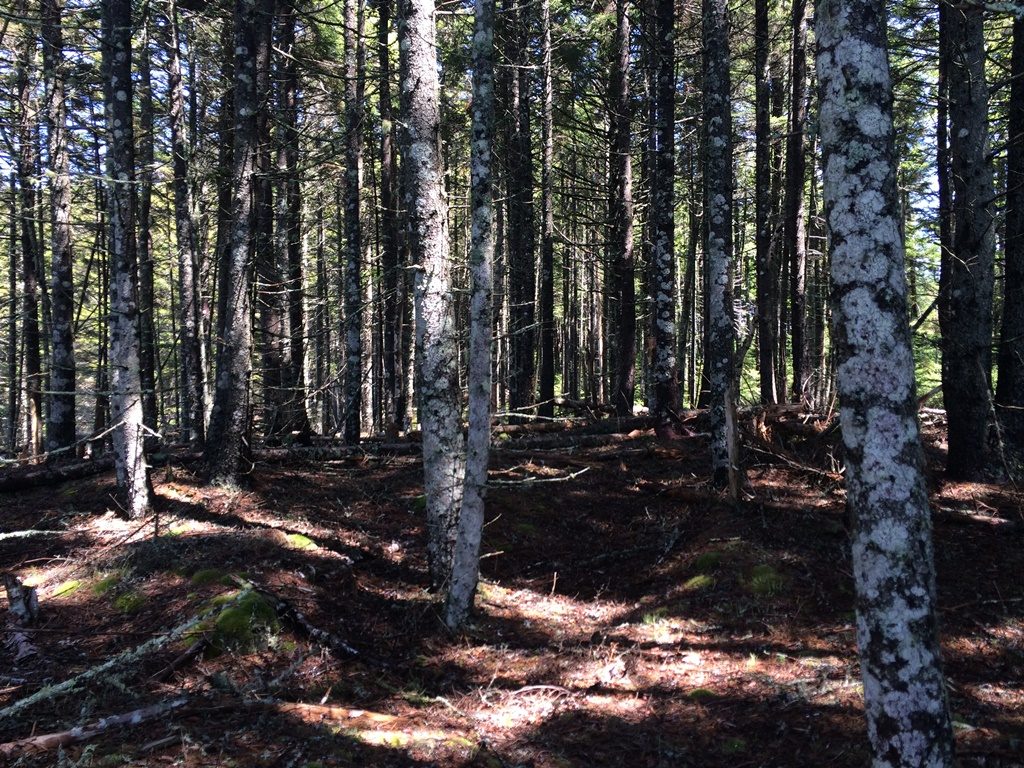September 14, 2016 at 4:23 pm
By Sarah Spencer, Region C Wildlife Biologist
[caption id="attachment_1950" align="alignright" width="446"] Wetlands and marshes are an extremely valuable wildlife habitat to a variety ofspecies.[/caption]
If you’ve come across the Department’s previous blogs, you’ve been introduced to many of the Wildlife Management Areas across the state. Another tool we use to protect and manage natural resources throughout the state is called a conservation easement. The Department holds more than 100 of these easements covering over 13,000 acres of land across the state.
Conservation easements come in many shapes and sizes and have a variety of purposes but all have one thing in common: they are private lands protected in perpetuity. These protections come in the form of deed restrictions, which may include allowing public access to property, development restrictions in the vicinity of an important habitat, or management oversight by the Department. Each conservation easement is unique; however they are another tool we use to ensure natural resources here today will be here in the future.
[caption id="attachment_1949" align="alignleft" width="399"]
Wetlands and marshes are an extremely valuable wildlife habitat to a variety ofspecies.[/caption]
If you’ve come across the Department’s previous blogs, you’ve been introduced to many of the Wildlife Management Areas across the state. Another tool we use to protect and manage natural resources throughout the state is called a conservation easement. The Department holds more than 100 of these easements covering over 13,000 acres of land across the state.
Conservation easements come in many shapes and sizes and have a variety of purposes but all have one thing in common: they are private lands protected in perpetuity. These protections come in the form of deed restrictions, which may include allowing public access to property, development restrictions in the vicinity of an important habitat, or management oversight by the Department. Each conservation easement is unique; however they are another tool we use to ensure natural resources here today will be here in the future.
[caption id="attachment_1949" align="alignleft" width="399"] Coastal islands can often provide nesting habitat for a number of birds including terns, puffins and sea ducks.[/caption]
A few examples of the types of habitats protected using conservation easements held by the Department include shorebird feeding and roosting areas, waterfowl wintering areas, deer wintering areas, bald eagle nests, heron rookeries and coastal wetlands. Each year, biologists monitor a subset of these properties to ensure the deed restrictions are being adhered to and habitats remain protected.
[caption id="attachment_1948" align="alignleft" width="632"]
Coastal islands can often provide nesting habitat for a number of birds including terns, puffins and sea ducks.[/caption]
A few examples of the types of habitats protected using conservation easements held by the Department include shorebird feeding and roosting areas, waterfowl wintering areas, deer wintering areas, bald eagle nests, heron rookeries and coastal wetlands. Each year, biologists monitor a subset of these properties to ensure the deed restrictions are being adhered to and habitats remain protected.
[caption id="attachment_1948" align="alignleft" width="632"] Conservation easements can be used to protect wintering areas for deer like this softwood forest.[/caption]
Conservation easements can be used to protect wintering areas for deer like this softwood forest.[/caption]
 Wetlands and marshes are an extremely valuable wildlife habitat to a variety ofspecies.[/caption]
If you’ve come across the Department’s previous blogs, you’ve been introduced to many of the Wildlife Management Areas across the state. Another tool we use to protect and manage natural resources throughout the state is called a conservation easement. The Department holds more than 100 of these easements covering over 13,000 acres of land across the state.
Conservation easements come in many shapes and sizes and have a variety of purposes but all have one thing in common: they are private lands protected in perpetuity. These protections come in the form of deed restrictions, which may include allowing public access to property, development restrictions in the vicinity of an important habitat, or management oversight by the Department. Each conservation easement is unique; however they are another tool we use to ensure natural resources here today will be here in the future.
[caption id="attachment_1949" align="alignleft" width="399"]
Wetlands and marshes are an extremely valuable wildlife habitat to a variety ofspecies.[/caption]
If you’ve come across the Department’s previous blogs, you’ve been introduced to many of the Wildlife Management Areas across the state. Another tool we use to protect and manage natural resources throughout the state is called a conservation easement. The Department holds more than 100 of these easements covering over 13,000 acres of land across the state.
Conservation easements come in many shapes and sizes and have a variety of purposes but all have one thing in common: they are private lands protected in perpetuity. These protections come in the form of deed restrictions, which may include allowing public access to property, development restrictions in the vicinity of an important habitat, or management oversight by the Department. Each conservation easement is unique; however they are another tool we use to ensure natural resources here today will be here in the future.
[caption id="attachment_1949" align="alignleft" width="399"] Coastal islands can often provide nesting habitat for a number of birds including terns, puffins and sea ducks.[/caption]
A few examples of the types of habitats protected using conservation easements held by the Department include shorebird feeding and roosting areas, waterfowl wintering areas, deer wintering areas, bald eagle nests, heron rookeries and coastal wetlands. Each year, biologists monitor a subset of these properties to ensure the deed restrictions are being adhered to and habitats remain protected.
[caption id="attachment_1948" align="alignleft" width="632"]
Coastal islands can often provide nesting habitat for a number of birds including terns, puffins and sea ducks.[/caption]
A few examples of the types of habitats protected using conservation easements held by the Department include shorebird feeding and roosting areas, waterfowl wintering areas, deer wintering areas, bald eagle nests, heron rookeries and coastal wetlands. Each year, biologists monitor a subset of these properties to ensure the deed restrictions are being adhered to and habitats remain protected.
[caption id="attachment_1948" align="alignleft" width="632"] Conservation easements can be used to protect wintering areas for deer like this softwood forest.[/caption]
Conservation easements can be used to protect wintering areas for deer like this softwood forest.[/caption]
Categories